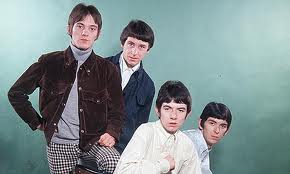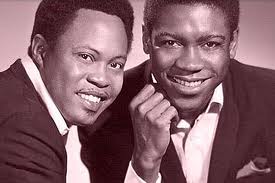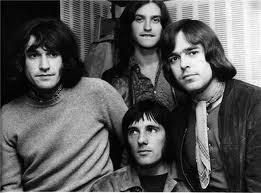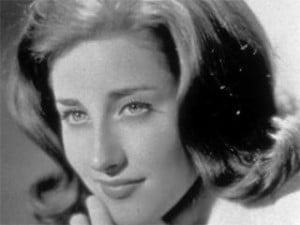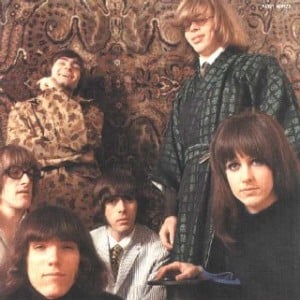At the start of 1965 The Small Faces was a band of unknowns, however, by the middle of that year they had been signed to Decca Records. They loved smart clothes and rhythm and blues. Such people were known as Mods.
Jimmy Winston was replaced by keyboardist, Ian McLagan, by the year’s end and the quartet now consisted of leading singer Steve Marriott, guitarist Ronnie Lane, drummer Kenney Jones, and McLagan. Marriott and Lane gelled as songwriters and this coupled with the group’s indisputable ability to perform musically, soon had critics labelling them as London’s answer to The Beatles.
Before The Small Faces and Decca parted company, the group had achieved its first hit, the classic “All Or Nothing”. Led Zeppelin’s “Whole Lotta Love”, from 1969, is clearly based upon The Small Faces’ “You Need Loving”, recorded three years prior.
http://www.youtube.com/watch?v=VJzcF0v1eOE
Partaking in drugs, such as LSD, began to influence the quartet’s musical direction and the subject matter of its songs. Psychedelic recordings such as “Itchycoo Park”, “My Mind’s Eye” and “Here Comes The Nice” are examples of this. However, as if prove that its feet were still well and truly grounded, The Small Faces’ greatest triumph was still yet to come, in the form of “Tin Soldier”.
http://www.youtube.com/watch?v=wcKZoFRpZCI
For the names of more tracks released by The Small Faces, please, refer to the suggested playlists.
